1. Oxford, England
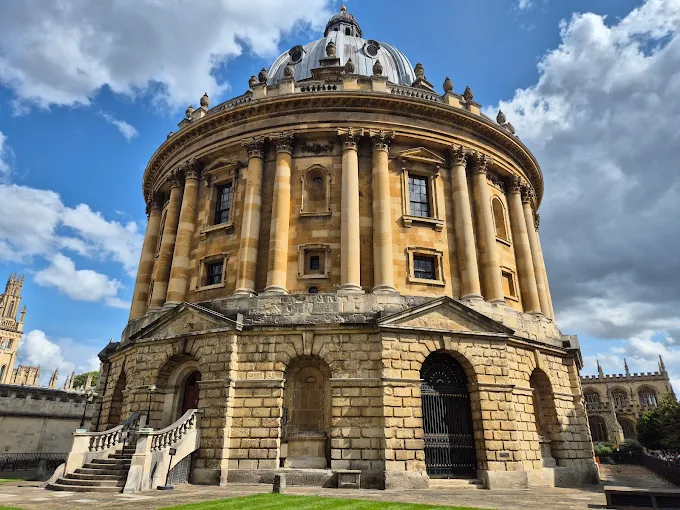
Why it’s famous: Home to the oldest university in the English-speaking world.
How it became a university town: Oxford’s journey began when Saxons settled by the Thames and Cherwell rivers, making it a strategic crossing point. The rise of its university in the 12th century transformed the town after students returned from Paris, banned by King Henry II. This led to rapid expansion, and “town and gown” dynamics soon dominated local life. Today, Oxford and its university are intertwined in culture and identity.
This is more than just a book—it’s a gateway to understanding today’s headlines and tomorrow’s power struggles, from Russia’s ambitions to China’s rise and the Middle East’s flashpoints.
(Purchasing through this link supports The Border Line.)
2. Cambridge, England
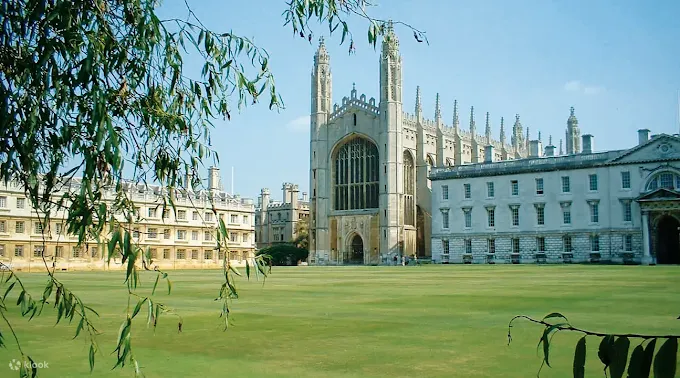
Why it’s famous: Third-oldest university in continuous operation in the world.
How it became a university town: Cambridge’s legacy began in 1209, when scholars escaping Oxford founded a new place for learning. With colleges like Peterhouse and Trinity, it attracted pioneers in science, math, and culture—Isaac Newton famously held the Lucasian Chair. Cambridge evolved as both city and university nurtured breakthrough scholarship.
Dive into eras from prehistory through modern times and see history unfold across continents.
(Purchasing through this link supports The Border Line.)
3. Austin, Texas, USA
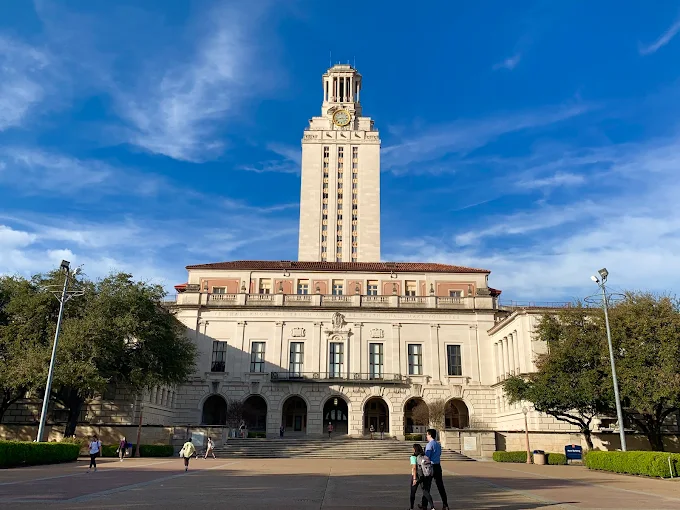
Why it’s famous: Innovative music and cultural scene combined with a major university.
How it became a university town: Austin was a quiet capital until the University of Texas launched in 1883. The growing campus and Austin’s creative economy drove development. Today, students flock for its world-class education, festivals, and entrepreneurial energy. Austin is ranked among America’s best college towns, mixing innovative academics with a lively lifestyle.
4. Boston, Massachusetts, USA
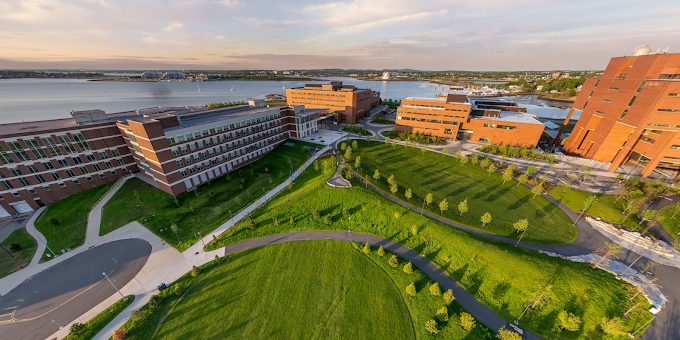
Why it’s famous: A global hub for higher education and research, packed with world-famous universities.
How it became a university town: Boston transformed into a center of learning with the founding of Harvard (1636), MIT (1861), and dozens of other prominent universities and colleges. Its reputation grew as these institutions drove innovation in science, medicine, technology, and business, attracting an international community of students. Today, Boston’s academic landscape is part of its urban identity, offering an unparalleled blend of tradition and cutting-edge research.
5. Paris, France
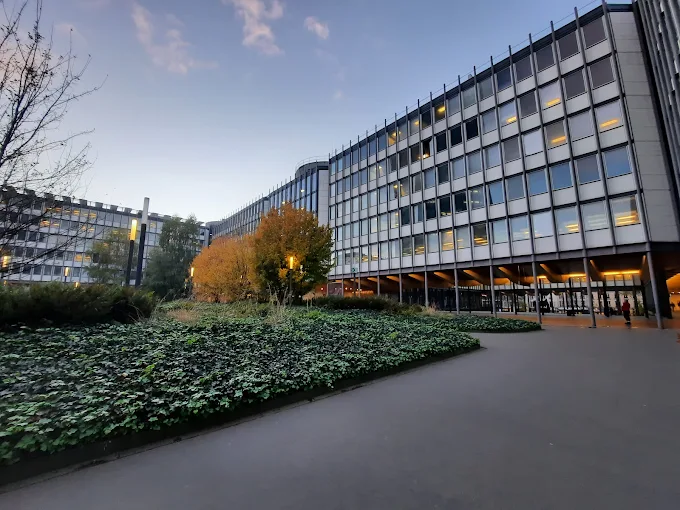
Why it’s famous: The Latin Quarter and its centuries-old universities, most notably the Sorbonne, make Paris a legendary center of ideas.
How it became a university town: The University of Paris, established in the 12th century, quickly made the city a magnet for scholars and intellectual debates. The Latin Quarter became known for student life, vibrant bookshops, and philosophical discourse. With more than a dozen major universities and research schools, Paris remains a top destination for European and global students, blending history with innovation.
